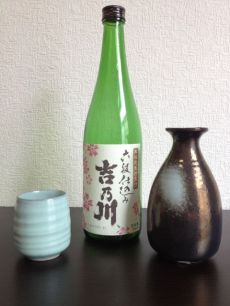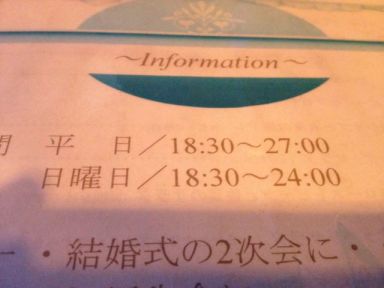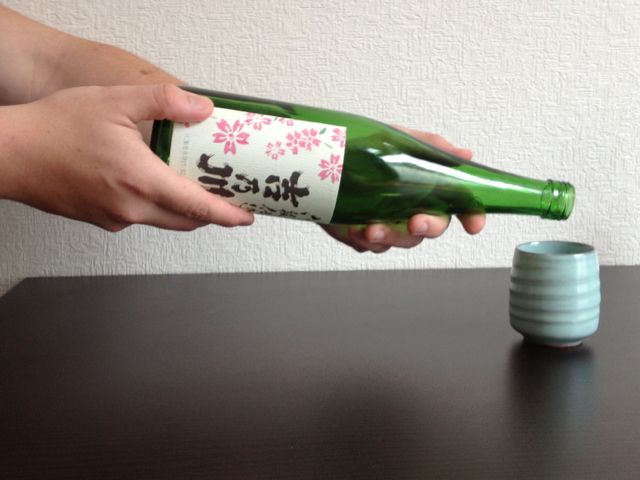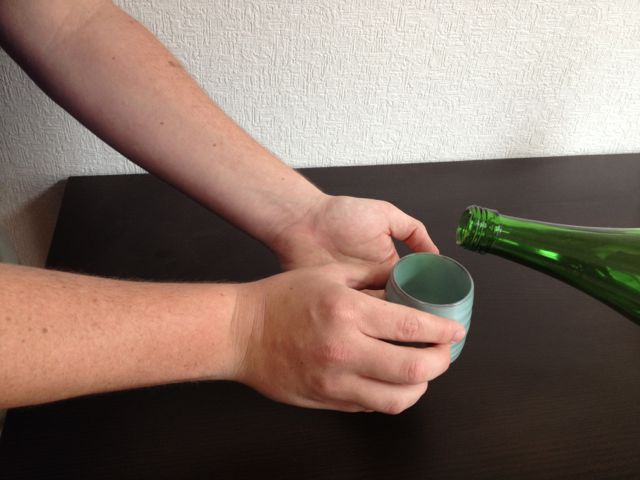Pre-Japan sake
I like to think of myself as an aficionado when it comes to spirits, liquors, wine and beer. I’ve spent many a Friday night and Sunday morning imbibing in new ways to punish my liver. I have acquired a discerning and possibly concerningly expensive taste when it comes bourbons and scotches. I typically refused any thing but microbrews when it came to beer. Don’t even get me started with wine; I have already succeeded at sounding obnoxiously arrogant. Sake on the other hand I am a complete and utter novice and wouldn’t pretend otherwise.
Before coming to Japan my experience with sake was essentially exclusive to American sushi restaurants. There is cheap hot sake that is great for sake bombs. I stayed away from the chilled sake on the “wine list” that, to me, seemed overpriced. Then there is cold unfiltered sake, nigorizake, which is cloudy and milky compared to regular sake. It is very sweet and generally inexpensive and what I would refer to as, “girly sake,” even though I have had plenty of it. In America I had seen a trend in wine bars that were delving into “high end” sake as an addition to their wine list. I wanted to see if that is justified.
How to order sake in Japan
The best way to order sake in Japan is not be Japanese. In my limited experience so far Japanese patrons and restauranteurs alike are blown away that I would like to order Japanese sake just like a Japanese person. I feel this reaction is a little pejorative in the, “I can’t believe you like Japanese things when you’re clearly not a Japanese person,” kind of way. It’s not meant to be offensive but it is certainly rooted in a lack of understanding about western culture. I mean, I’m from America, how could I possibly like anything so Japanese as sake? I get a similar reaction when I talk about how much like sashimi but I digress.
The next step to awesome sake having in Japan after not being Japanese is to order a small bottle. Even if you want a big bottle, order a small one. Their passive surprise at your drink choice will evolve in to a lesson on Japanese goodwill. So far 5 of the 6 restaurants I have ordered sake in have given me a second complimentary small bottle or carafe because they are so impressed with my taste despite being a westerner. It could be for other reasons but I choose to believe that it is because I am not Japanese and I still ordered sake.
I would stick to the house sake since the cheap stuff is still pretty decent and you’re more likely to get a freebie. If you don’t get anything ‘gratis’, try different restaurants until you do. I would not encourage you to be dishonest with people but if you say you have never tried sake before you might also get a free bottle. Japanese people mostly love Japanese things and will be glad to share with you their favorite. Another good way to ask for sake is asking for “sake ossusume.” This is basically asking for their recommendation. This works great if you don’t know what to order anywhere in Japan and you have no aggressive food allergies.
Repeat as necessary.
Sake etiquette
There are whole chapters in etiquette books dedicated to alcohol consumption in Japan. It is definitely different than it is in most western culture. Some things we take to completely irrelevant to the drinking experience are very magnified here.
We were at a Japanese persons house for dinner and we brought a bottle of sake as a thank you gift for having us over for dinner. I was asked if I like sake and upon an affirmative response was given the typical, “Well that is impressive that you like sake!” This is generally expressed with a single phrase combined with a vocalization in Japanese that sounds like this, “oooooooaaaaaaa Suuuuuueghooooy,” when read aloud. As guests bringing sake we didn’t expect to drink it but when it was opened we gladly accepted.
The first thing I noticed is: don’t pour your own sake. We had read this in both Korean and Japanese etiquette books about drinking. There is also a trick to both pouring and receiving sake. To pour one hand must be on wide part of the bottle and the off hand must be steadying the end of it with a two fingered grasp. I’m sure there is a perfect way to do it but if you get it close it doesn’t matter. What matters is that you tried. If you are receiving the sake it is important to steady the cup by placing one hand on it and then steadying that hand with your other hand. I don’t think it matters if you leave it on the table or lift it up but the cup will be more steady if you leave it on the table.
When I did my best imitation of a polite sake pourer I was complimented with a, “You pour sake like a Japanese person.” This was important because he had filled both my cup and Shana’s but he had yet pour his own. I noticed this and immediately offered to fill his cup.
Last but not least sake is meant to be sipped. Much like a fine wine or bourbon, it is poured in to a very small cup is and drunk slowly. (Although between the three of us we still put away a whole bottle). So far my experience in Japan has been with bottles that have been around $10 to $15 US dollars. Depsite my refined palate I have a hard time telling these sakes apart. They all taste pretty good and compared to other liquors and spirits here in Japan are cheap.
As my experiences have been broadened with sake I have come to appreciate it much more. The best part about sake is the experience of natural generosity from Japanese people towards guests. They are just awesome at hosting people. I decided to learn a little bit more about the Japanese sake industry as a result of this. See Part 2 for my continuing education on Japanese sake.




[…] In part 1 of my “guide” to Japanese sake I talked about my initial education in Japanese sake which was highlighted by the awesomeness of Japanese hospitality. […]
[…] Gai-jinzake – A “guide” to Japanese sake (Part 1) […]
[…] Part 1 of my guide I examine my preconceived notions about Japanese sake, how to order and some rudimentary sake […]